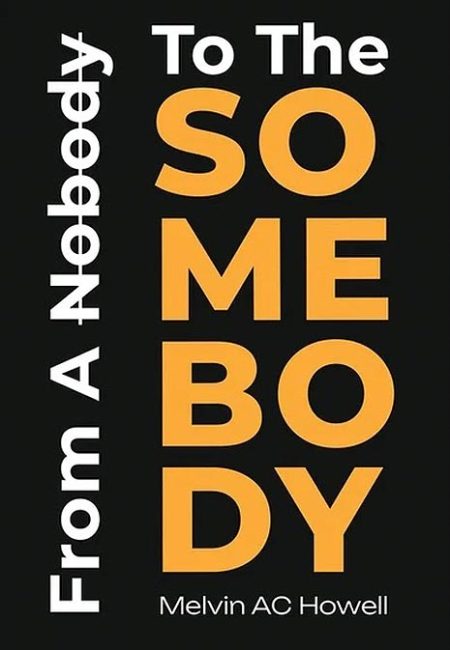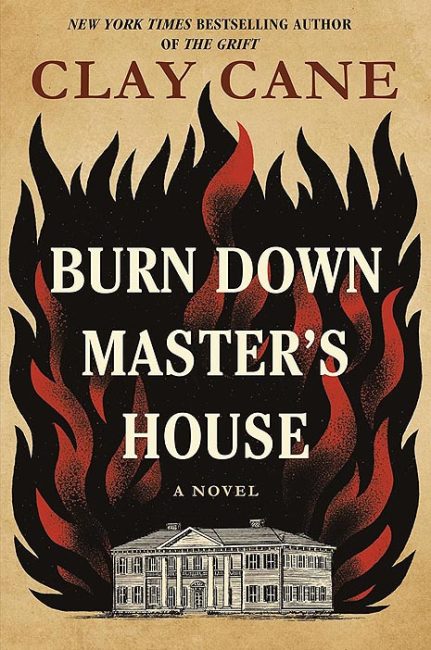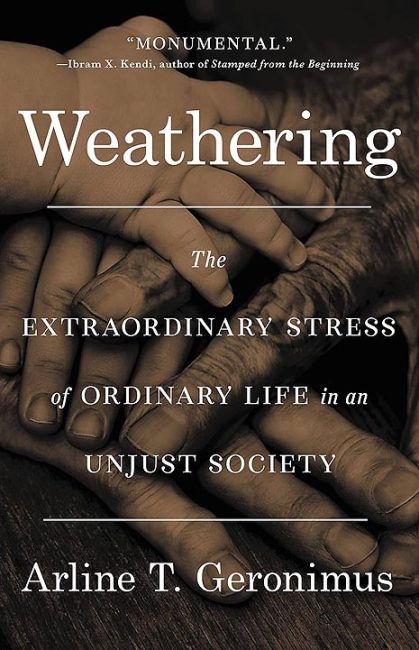Women’s History Month Books
 reviews by Sharon L. Shervington
reviews by Sharon L. Shervington
Four fascinating biographies and one thriller provide many hours of informative reading pleasure this month.
Catherine the Great: Portrait of a Woman
Written by Robert K. Massie
The Winter Palace
Written by Eva Stachniak
Every once in a while the stars will align, and you’ll find two great books at the same time on a subject you really love. That happened to me coincidentally this month when I discovered both a wonderful novel and a biography on Catherine the Great. She wrested the throne from her less than stellar husband Peter after the death of the Empress Elizabeth in a coup that is still a subject of fascination to this day. After that she brought a long-term war to a close and ushered in a reign of prosperity as so many other female monarchs have done.
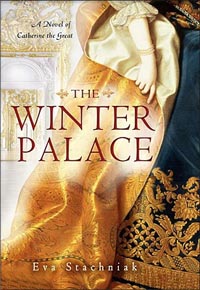 The story is told from the point of view of Varvara (Barbara in
The story is told from the point of view of Varvara (Barbara in
English), the daughter of a bookbinder, who becomes a spy and the
dearest friend of Catherine, even when she is a totally powerless
noblewoman who is forced to surrender her son to the Empress Elizabeth.
After the birth the empress sweeps in and takes the child, leaving her
in a cold room on sheets grimy with the blood of the birth. After that,
she is barely allowed to see her son, to the point where he barely knows
her.
That alone might have broken a lesser woman, but Catherine is nothing
if not a survivor; she slowly regains her strength, makes alliances,
and positions herself to take the reins of power. Much of the book is
about politics and Catherine’s many amorous adventures, but it is also a
poignant story of a lifelong friendship between two women born into a
time where their roles were tightly restricted. And yet, they not only
survived, but thrived.
Catherine the Great, the biography, can be read alone, in tandem with
the novel or in sequence. I recommend reading the novel first and then
the biography because the novel is like an overview and the biography
gives much greater sweep and detail. Both detail the difficult
relationship between Catherine and her mother, but the biography gives
us the why as well. Much of it revolved around the restrictions on
women, even, and perhaps especially, noblewomen, in the 18th century.
The pressure to marry to advance family wealth and interests and the
lifetime of pure misery that could result from such arranged matches is
convincingly portrayed. As a result, Catherine’s mother and family went
to extraordinary lengths to ensure that she married well. And then when
that happened the mother fought tooth and nail to stay at the center of
power. Fortunately for Catherine, that was not to be. And fortunately
for readers these two volumes will provide many hours of informative
reading pleasure.
The Winter Palace by Eva Stachniak; Bantam Books; $26; 444 pp. Catherine the Great: Portrait of a Woman by Robert K. Massie; Random House; $35; 625 pp.
 Sphinx: The Life and Art of Leonor Fini
Sphinx: The Life and Art of Leonor Fini
Written by Peter Webb
This is essentially an art book, but it is also a biography of one of
the most important women artists of the 20th century. Ms. Fini was a
contemporary of the great Surrealist writers and formed close
friendships with Man Ray, Salvador Dali, and many others.
She was born in 1907 in Buenos Aires to Argentine and Italian
parents. She was essentially self-taught (she learned anatomy, for
example, from studying cadavers in the local morgue) across her great
range of works, which encompassed everything from costume and set design
to graphic design, but especially painting and portraiture.
Although all of these are examined in this amazing view, what will
draw a reader back again and again are the portraits, and especially
self-portraits, as well as the strange, elusive and original beauty of
so many of the images she created. She is a veritable Rembrandt of
portraiture.
Often, her portraits were gifts for her jet-set friends, and
apparently she was so skilled that she could do whole, perfect images —
in oil — in as little as 20 minutes.
It is Dali perhaps who is most widely known from this school, but
Fini deserves just as much acclaim. One of the subjects for which she is
best known is the Sphinx and she painted them with an encompassing
feminine dynamic and in many settings and combinations. Her use of color
and composition is extraordinary, as is the way she could capture the
most subtle nuances of character in facial expressions and posture.
In addition to the hundreds of beautiful and eerie images here, Mr.
Webb chronicles her many exhibits around the globe as well as her
unusual living arrangements and her grand passions. Adding further to
the book’s grandeur and sweep, he actually knew the artist and shares
delicious anecdotes about her eccentricities and sumptuous lifestyle.
The book itself is a one-of-a-kind work of art.
Sphinx: The Life and Art of Leonor Fini by Peter Webb; The Vendome Press; $95; 304 pp.
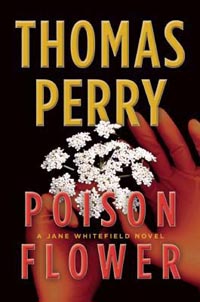 Poison Flower, a Jane Whitefield novel
Poison Flower, a Jane Whitefield novel
Written by Thomas Perry
I must confess that as a book reviewer I find it challenging for
reasons that are somewhat arcane to declare my absolute favorites. But
as thriller writers go Mr. Perry is my absolute favorite, and I will
always buy his books. Like James Patterson, he does some series and some
stand-alones.
It is wonderful that so many thrillers these days (and for at least a
decade) have routinely featured sharp female protagonists. Perhaps
though, it was the uber-success of The Girl with the Dragon Tattoo
series that jump-started what one might call the second wave of
thrillers starring women, and which are often written by men.
But the Jane Whitefield novels are my favorite thrillers of all time.
She is a half-Anglo, half Native American woman who has the gift (and
the support of the First Peoples’ version of fairies) of taking people
who are in desperate trouble and spiriting them away to new lives. How
she does this provides much of the material in the many volumes in the
series. But it is Jane herself who keeps you coming back for more. She
has such courage, drive and, really, love, for her fellow humans who may
have gotten themselves into deadly trouble through no fault of their
own. Other times it is just plain stupidity or love – or a combination.
Poison flower stands for the deadly poison that Jane distills from
the roots of the eerily beautiful water hemlock plant and carries with
her on every journey, should she be tempted to disclose the identities
or whereabouts of her charges. She is literally willing to lay down her
life for her clients should it come to that. Jane’s work calls to mind a
one-woman modern Underground Railroad, and she is very, very good at
what she does.
In this episode she breaks out of jail a man who has been framed for
the murder of his wife. Almost immediately the employees of the real
murderer capture her and she is taken to a hidden location and viciously
tortured. When it comes to thrillers I hate spoilers, so that’s as
specific as I am going to get. But suffice it to say that this is Mr.
Perry writing like an angel, but with definitely devilish overtones. Let
Jane put her spell on you.
Poison Flower, a Jane Whitefield novel by Thomas Perry; The Mysterious Press; $24; 274 pp.
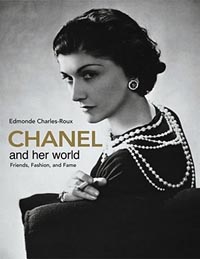 Chanel and Her World: Friends, Fashion and Fame
Chanel and Her World: Friends, Fashion and Fame
Written by Edmonde Charles-Roux
She is a household name all over the world, and one can get a taste
of the sweet life she invented for the elite and then the masses at most
upscale department store beauty counters nearly anywhere in the world.
Chanel didn’t invent the concept of branding but she certainly
understood the process and developed the concept as it is manifested in a
ubiquitous fashion in our world today.
This pictorial biography of Gabrielle Chanel chronicles her humble
beginnings and the charisma, vision and knack for making the right
friends that turned her from a cabaret performer to a hat maker to an
international icon of fashion that millions of women followed. As with
the Fini book, Chanel and Her World is a visual feast, chock full of her
designs, her friends, her lovers and the story of Chanel No. 5.
She was never married and yet she profoundly influenced the culture
of the time by breaking down the rigid barriers between the classes that
were still so pervasive a part of life in France and on the continent
as a whole. This is a book for anyone interested in beauty, fashion and
its timelessness, as well as women and power and how an individual
really can change the world. (For another look at this icon see next
month’s column.
Chanel and Her World: Friends, Fashion and Fame by Edmonde Charles-Roux; The Vendome Press; $65; 384 pp.

